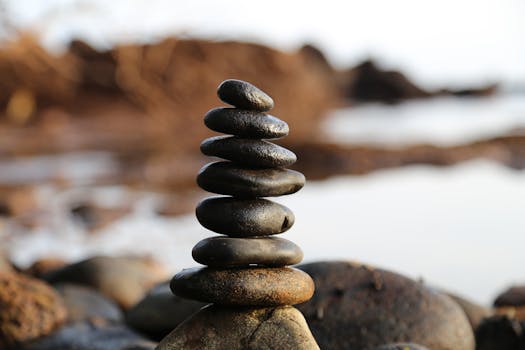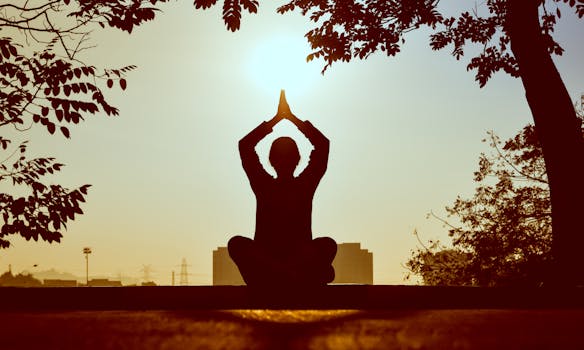
“
Mindfulness Practices for Stress Relief: Finding Inner Peace
Mindfulness practices for stress relief have become increasingly popular in recent years, and for good reason. With the demands of modern life, it’s easy to get caught up in stress and anxiety. However, by incorporating mindfulness practices into your daily routine, you can find inner peace and improve your overall well-being.
What is Mindfulness?

Mindfulness is the practice of being fully present and engaged in the current moment, while cultivating a non-judgmental awareness of one’s thoughts, feelings, and bodily sensations. It involves paying attention to the present moment with openness, curiosity, and a willingness to be with what is.
Mindfulness Practices for Stress Relief

There are many mindfulness practices that can help with stress relief, including:
- Meditation: Sitting comfortably and focusing on your breath, a mantra, or a physical sensation in your body.
- Yoga: Combining physical postures, breathing techniques, and meditation to promote relaxation and reduce stress.
- Body Scan: Lying down or sitting comfortably and bringing your attention to different parts of your body, starting at your toes and working your way up to the top of your head.
- Walking Meditation: Paying attention to your walking, noticing the sensation of your feet touching the ground, the movement of your legs and arms, and the rhythm of your breath.
- Mindful Movement: Engaging in physical activities like tai chi, qigong, or other slow and deliberate movements while focusing on your breath and the sensations in your body.
Benefits of Mindfulness Practices for Stress Relief

Regular mindfulness practice has been shown to have numerous benefits for stress relief, including:
- Reduced stress and anxiety
- Improved mood and emotional regulation
- Enhanced cognitive function and concentration
- Improved sleep quality
- Boosted immune system function
- Increased feelings of compassion and empathy
Tips for Starting a Mindfulness Practice

If you’re new to mindfulness practices, here are some tips to get you started:
- Start small: Begin with short periods of practice, such as 5-10 minutes a day, and gradually increase as you become more comfortable with the practice.
- Find a quiet space: Identify a quiet and comfortable space where you can practice without distractions.
- Focus on your breath: Bring your attention to your breath, noticing the sensation of the air moving in and out of your body.
- Be gentle with yourself: Remember that it’s okay if your mind wanders during practice – simply acknowledge the thought and gently bring your attention back to your breath.
- Seek guidance: Consider working with a mindfulness teacher or coach to help you establish a consistent practice.
Conclusion

Mindfulness practices for stress relief offer a powerful tool for finding inner peace and improving overall well-being. By incorporating mindfulness into your daily routine, you can reduce stress and anxiety, improve your mood, and enhance your cognitive function. Remember to start small, be gentle with yourself, and seek guidance if needed. With regular practice, you can cultivate a greater sense of calm, clarity, and compassion in your life. For more insights on enhancing your life, check out The Rise of Esports and Competitive Gaming.
See more:
https://www.mindful.org/
https://www.headspace.com/
https://www.calm.com/






